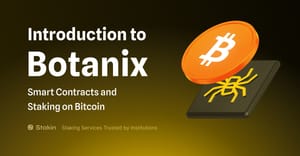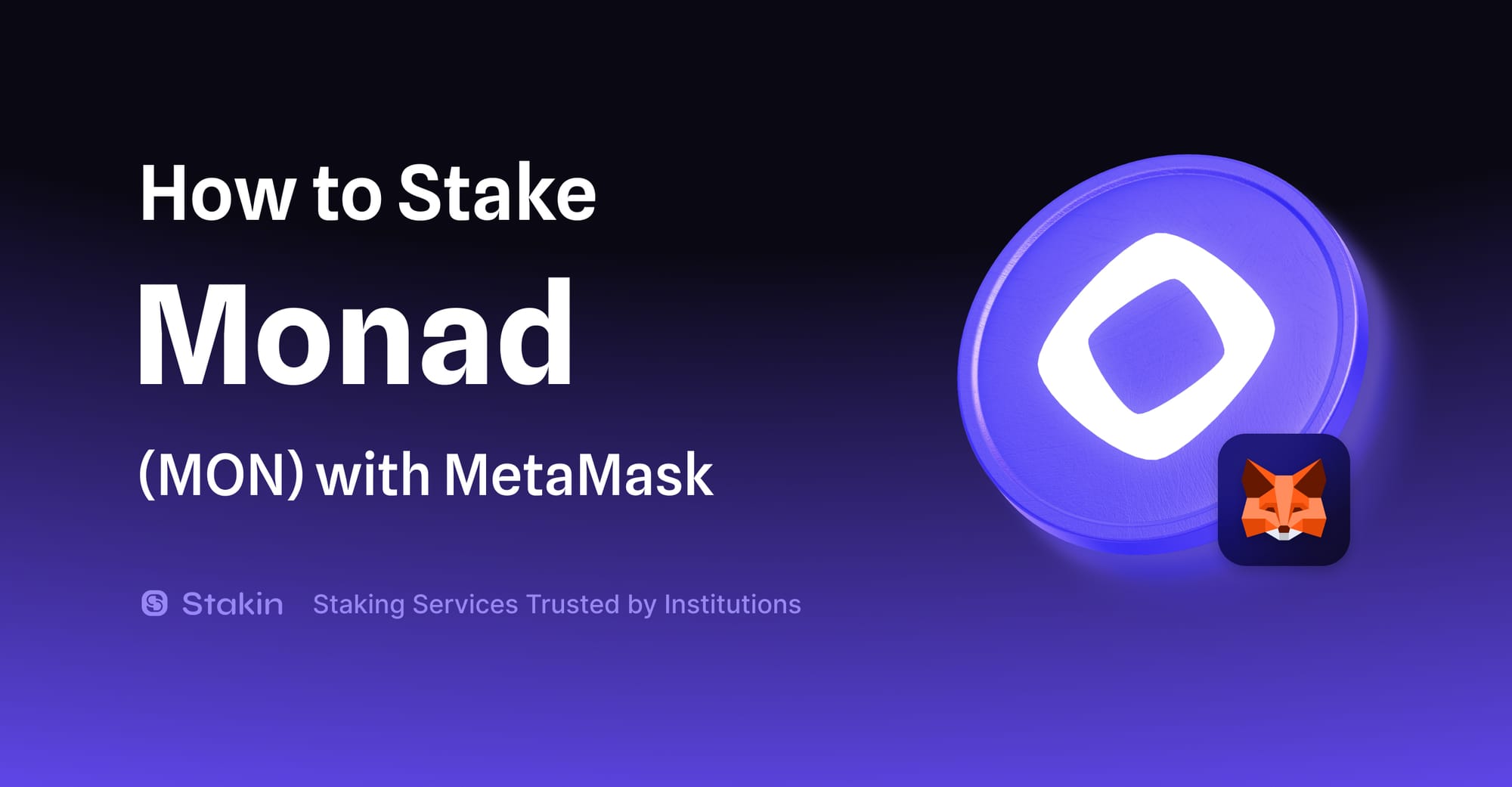Botanix is a protocol designed to unlock a new layer of utility for Bitcoin, one where smart contracts, decentralized applications (dApps), and staking are all possible, without relying on wrapped assets or external blockchains.
Botanix is the first fully decentralized, EVM-compatible Layer 2 built on Bitcoin. It combines the security and decentralization of Bitcoin with the flexibility of Ethereum’s smart contract ecosystem. Developers can build dApps using familiar tools like Solidity and MetaMask, directly on Bitcoin. At the same time, users can stake native BTC and earn rewards by helping secure the network.
Why Bitcoin Needs a Layer 2 Like Botanix
Since Bitcoin’s creation, countless blockchain platforms have emerged, each optimizing for different priorities like speed, privacy, and composability, but all of these are ultimately constrained by one key factor: decentralization.
Without a decentralized base layer, networks risk censorship, failure, or capture by centralized parties. Bitcoin remains the strongest base for long-term trustless systems, but until now, it hasn’t been accessible for advanced applications.
Despite having the largest market cap in crypto, Bitcoin's share of Layer 2 smart contract activity remains below 0.1%. In contrast, more than 2% of BTC is locked on Ethereum as wrapped assets, simply to access dApps.
Botanix Solution for Native Bitcoin DeFi
To enable a programmable and decentralized future on Bitcoin, Botanix introduces a new kind of Layer 2 solution. It delivers full EVM equivalence without compromising decentralization, bringing smart contracts, DeFi protocols, NFTs, and dApps directly to Bitcoin, without relying on wrapped assets, sidechains, or custodians. With Botanix, developers can use Ethereum-native tools like MetaMask, Hardhat, and Solidity on Bitcoin.
Related Reading:
- Bitcoin Liquid Staking Protocols: An Overview
- An Overview of the Top Bitcoin Staking Protocols
- The Emergence of Bitcoin Staking, new Networks gearing up for Mainnet launches, and more
How Botanix Layer 2 Works
The Botanix architecture is built on two core components that enable smart contracts, staking, and decentralized applications to run natively on Bitcoin:
1. Botanix EVM
This is a decentralized, Turing-complete execution environment that’s fully EVM-compatible. It supports Ethereum tooling, smart contract languages like Solidity, and dApp deployment while using Bitcoin as the native currency. Security is provided by a Proof-of-Stake consensus layer that’s anchored to Bitcoin’s Proof-of-Work chain.
2. The Spiderchain
At the core of Botanix’s security model is the Spiderchain, a decentralized coordination layer made up of multi-signature wallets. These wallets are managed by a randomly selected set of participants, not centralized entities, ensuring that Bitcoin stakes are securely held and the network remains trustless. This architecture enables fully decentralized staking and removes the need for custodians or wrapped tokens.
What Makes Botanix Relevant
Bitcoin is the most secure, decentralized digital asset ever created, but its design wasn’t meant for application development. Its scripting language is limited, and transaction speeds are slower compared to newer blockchains. As a result, the Bitcoin ecosystem has missed out on much of the innovation seen on Ethereum.
Ethereum, by contrast, offers a developer-friendly environment and supports a massive ecosystem of DeFi applications. Still, Ethereum’s transition to a Proof-of-Stake model has raised concerns about validator centralization and reduced censorship resistance.
Botanix Labs was founded to bridge these worlds, giving Bitcoin the programmable capabilities of Ethereum without compromising its foundational principles.
Testnet and Mainnet: Why It Matters and Why You Should Pay Attention
In December 2024, Botanix Labs launched the Aragog Testnet, marking a decisive achievement for Bitcoin development. This wasn’t just a technical demo, it was a clear signal that smart contracts and decentralized finance (DeFi) could finally run natively on Bitcoin. Aragog introduced:
- Palladium: a Bitcoin-backed stablecoin
- Bitzy: a decentralized exchange (DEX)
- Spindle: a lending and borrowing platform
These tools created the first real taste of a Bitcoin-native DeFi ecosystem, without needing wrapped tokens or custodial bridges. The testnet allowed developers to interact with the EVM using actual Bitcoin, showing that a seamless experience was not only possible, but it was already here.
The Botanix mainnet, expected in Q2 2025, is even more significant. It will move the vision from testing into reality. Mainnet will launch with a permissioned federation for early stability but will evolve toward open staking and decentralization, thanks to the Spiderchain.
The Impact of Mainnet Launch
The upcoming launch of the Botanix mainnet marks a pivotal moment in Bitcoin’s evolution. It shifts Bitcoin from being primarily a store of value to becoming a foundational layer for decentralized finance (DeFi), smart contracts, and Web3 applications.
For Bitcoin holders, this means the ability to put BTC to work in DeFi, NFTs, and decentralized apps, without wrapping assets or leaving the Bitcoin network.
For developers, Botanix enables smart contract development on Bitcoin using familiar Ethereum tools like Solidity, MetaMask, and Hardhat, while relying on Bitcoin as the native gas token.
For the blockchain industry, the Botanix mainnet represents a major leap in expanding Bitcoin’s functionality beyond “digital gold” and toward becoming programmable infrastructure.
Until now, most smart contract innovation has happened outside the Bitcoin ecosystem, despite BTC being the most secure and decentralized blockchain. Botanix changes that dynamic by introducing native programmability, staking opportunities, and Layer 2 scalability, directly on Bitcoin. As the need for censorship resistance and trustless infrastructure grows, Botanix offers a secure, decentralized platform that positions Bitcoin at the center of Web3’s future.
How Can You Benefit from Botanix as a Holder?
At Stakin, we closely follow emerging protocols that aim to expand Bitcoin’s utility through decentralized infrastructure. Botanix is one such initiative exploring how native Bitcoin can be used to secure a Layer 2 network, without wrapping assets or relying on custodians.
If successful, Botanix could offer a new way for participants to engage with the Bitcoin ecosystem by contributing to a more programmable and flexible network design. Built on Bitcoin’s Proof-of-Work foundation and enhanced with EVM compatibility, it presents a novel approach to unlocking broader functionality on the world’s most secure blockchain.
Interested in staking Bitcoin?
Explore Botanix and other supported networks at Stakin.
DISCLAIMER: This is not financial advice. Staking, delegation, and cryptocurrencies involve a high degree of risk, and there is always the possibility of loss, including the failure of all staked digital assets. Additionally, delegators are at risk of slashing in case of security or liveness faults on some protocols. We advise you to do your due diligence before choosing a validator.



